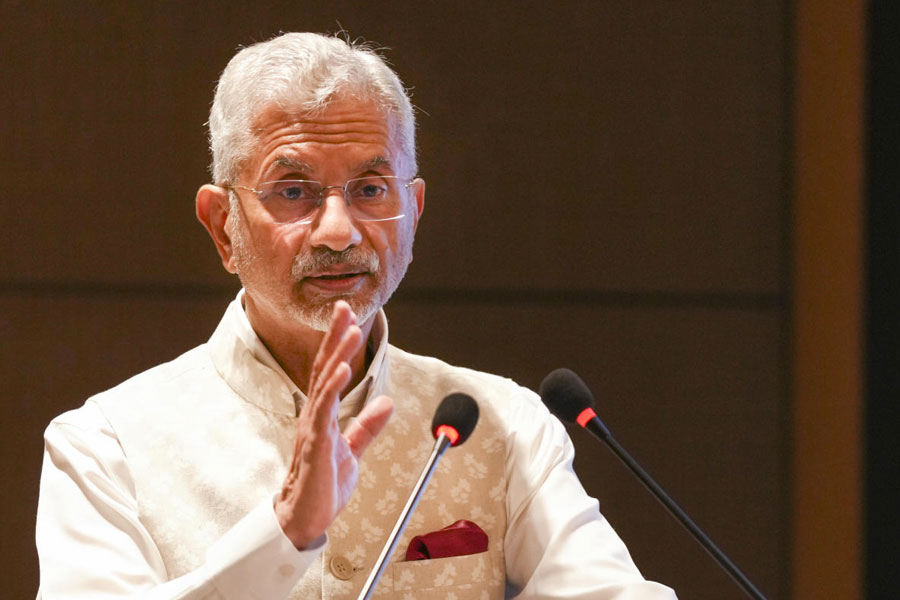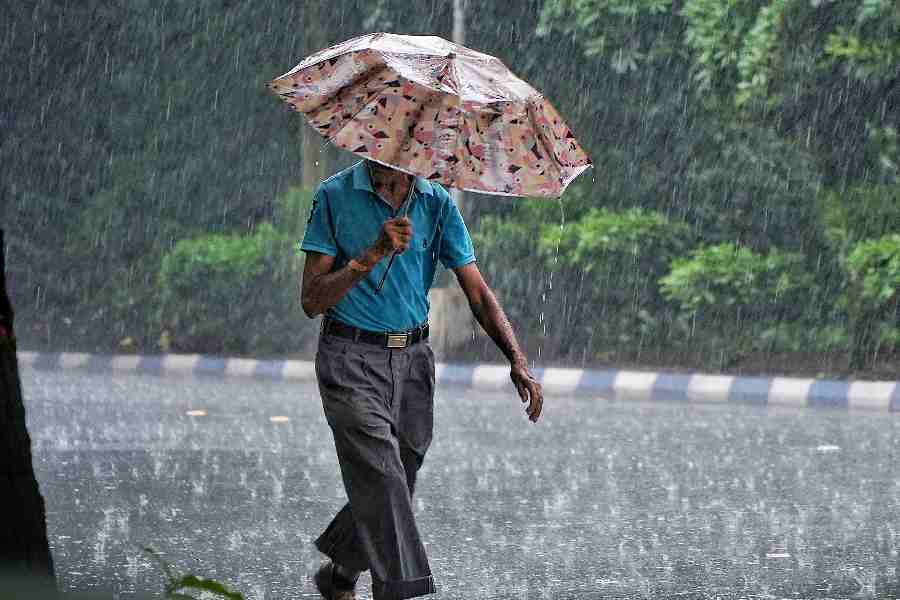
Guwahati, Aug. 8: With 22 per cent of the country's butterflies in eastern Assam, it is surely a paradise for butterfly lovers and a spot not to be missed.
A survey carried out by Arun P. Singh of the forest entomology division, Forest Research Institute, Dehradun, on butterflies in eastern Assam, has reported 375 species of butterflies of which one-third are endemic to this region and one-seventh are protected under various schedules of the Indian Wildlife (Protection) Act, 1972. The findings have been reported in the current issue of Journal of Threatened Taxa.
"Tough with the weather and field, exciting with the diversity of butterflies and forest" was how Singh described his experience as he went about surveying the eight reserve forest areas and along the stretch of road inside Dehing-Patkai wildlife sanctuary, covering three districts (Tinsukia, Dibrugarh and Sivasagar), all in the eastern part of Upper Assam. These reserve forests and wildlife sanctuary form small to large tracts of semi-evergreen and evergreen forests.
The survey was done from November 2014 to September 2016.
The forests of eastern Assam are contiguous with forests in the northern part of Myanmar. These semi-evergreen and evergreen forests form part of the Indo-Myanmar global biodiversity hotspot at its northern limit and harbour a large number of species "rare" and "endemic" to this region. "Forests once covered most parts of Assam but today exist in small to large fragmented patches, loosely joined together in four districts of eastern Assam namely Tinsukia, Dibrugarh, Sivasagar and parts of Jorhat district, along the state boundary with Arunachal Pradesh and Nagaland," Singh says in the article.
Most of the recent studies have focussed around Namdapha tiger reserve, which lies 60km east of Tinsukia district in Arunachal Pradesh or around Kaziranga National Park and the adjoining Karbi Anglong hills, lying to the west of Jorhat district.
A total of 39 hours (approximately) of sampling was done covering 19 days spread over a five-month period during most of the seasons of the year and the altitudinal range covered varied from 85 metres (lowest) in Padumoni reserve forest near the Brahmaputra river basin to as high as 471 metres (highest) in the Tipong reserve forest-Lekhapani reserve forest tract, bordering Changlang district of Arunachal Pradesh.
Singh said the existence of some "endemic" and "very rare" species in large numbers in these forests, like yellow-vein lancer, grey-lined lascar, bi-coloured hedge blue, vinous oakblue, magnificent oakblue, white punch, maculate lancer, veined palmer, and some that are also listed in schedule I under the Wildlife Protection Act, is a clear indicator of the rich and unique diversity existing in this global biodiversity hotspot, which now needs to be conserved at all costs.
"Small reserve forest areas that are now isolated patches such as Bherjan, Bhorjan and Podumoni which lie in the proximity of Tinsukia town, can be promoted to be taken up as sites for 'butterfly-inclusive eco-tourism' activities. This can be done by developing nature trails, putting up maps, signage and display boards, preparing and providing pamphlets on butterflies and other biodiversity found in the area with photographs along with their seasonality for tourists, training nature guides of these areas for generating local livelihood opportunities. Lastly, promoting eco-tourism through electronic media and encouraging conservation efforts for these remnant forest patches through research and educational programmes and adopting threatened species of flora and fauna will help in the long-term conservation of these forests," Singh said.










